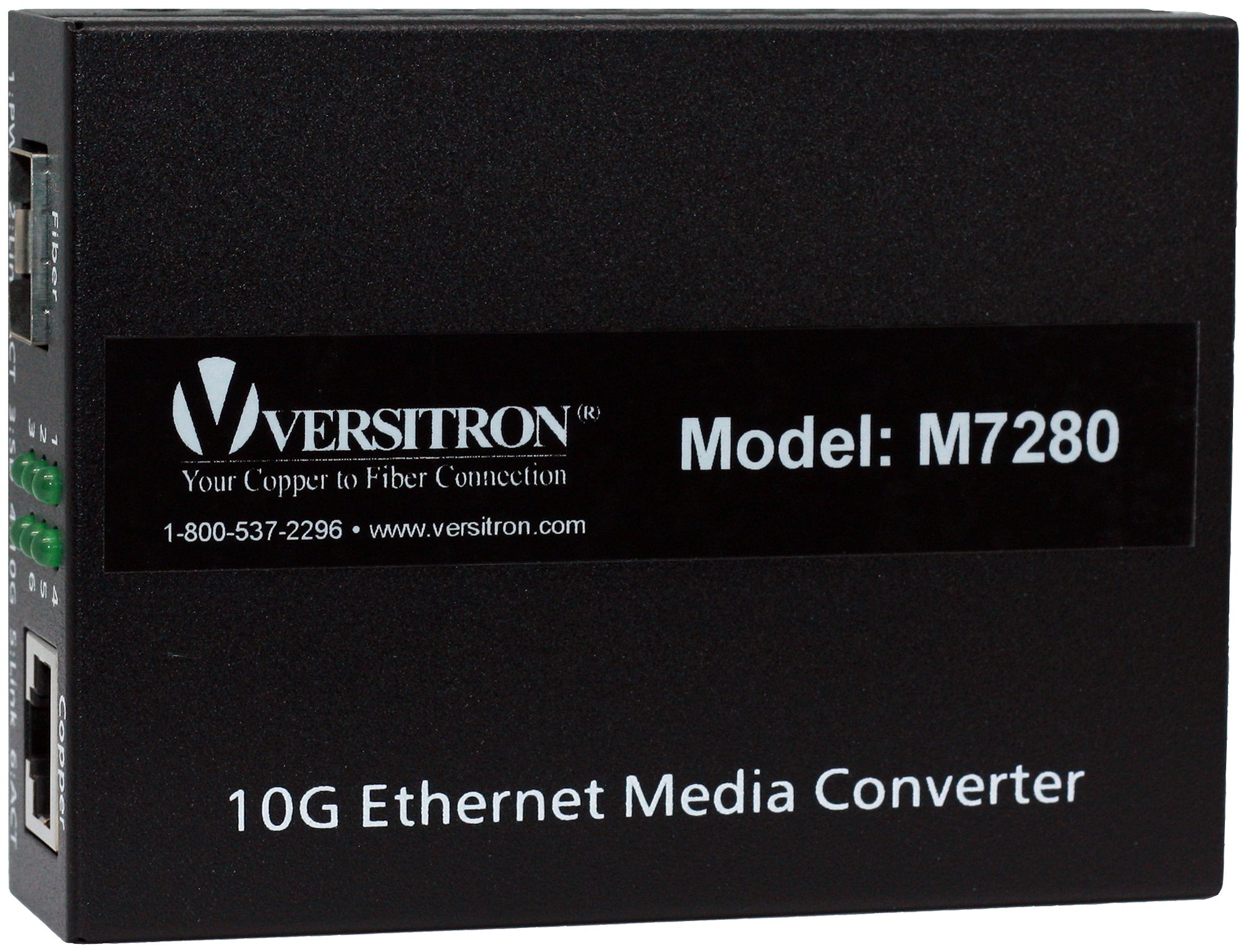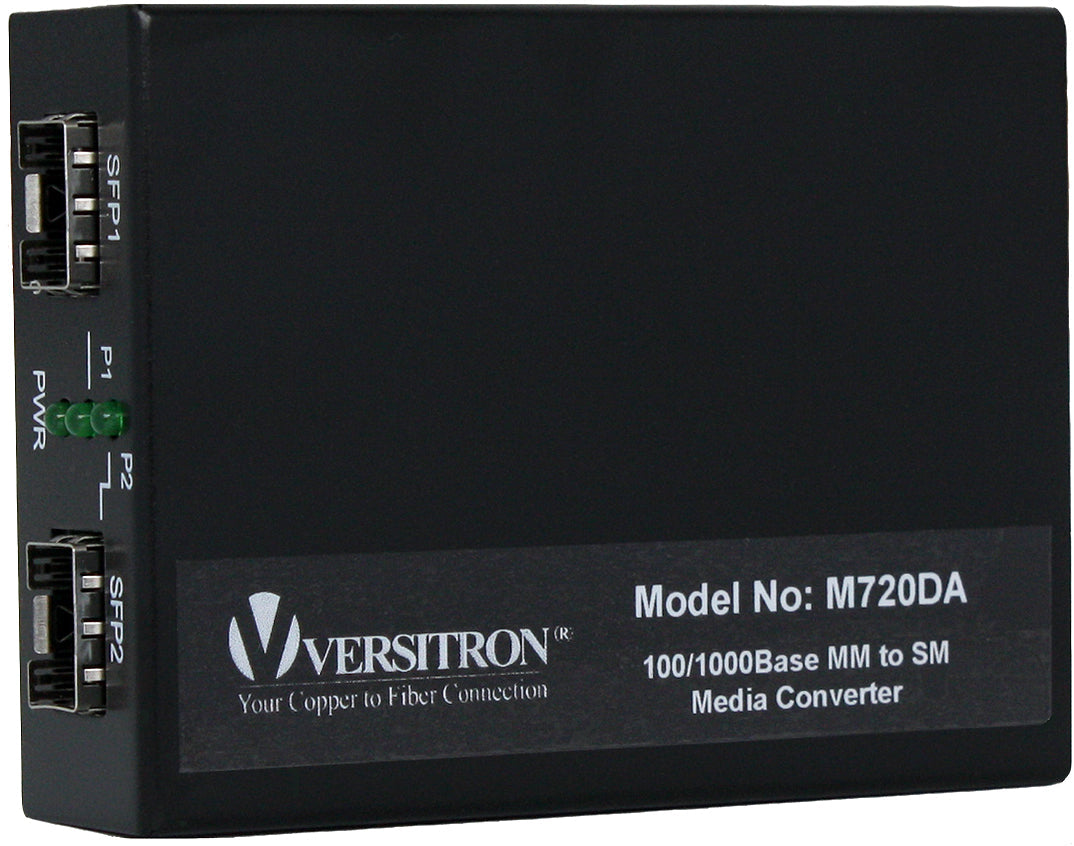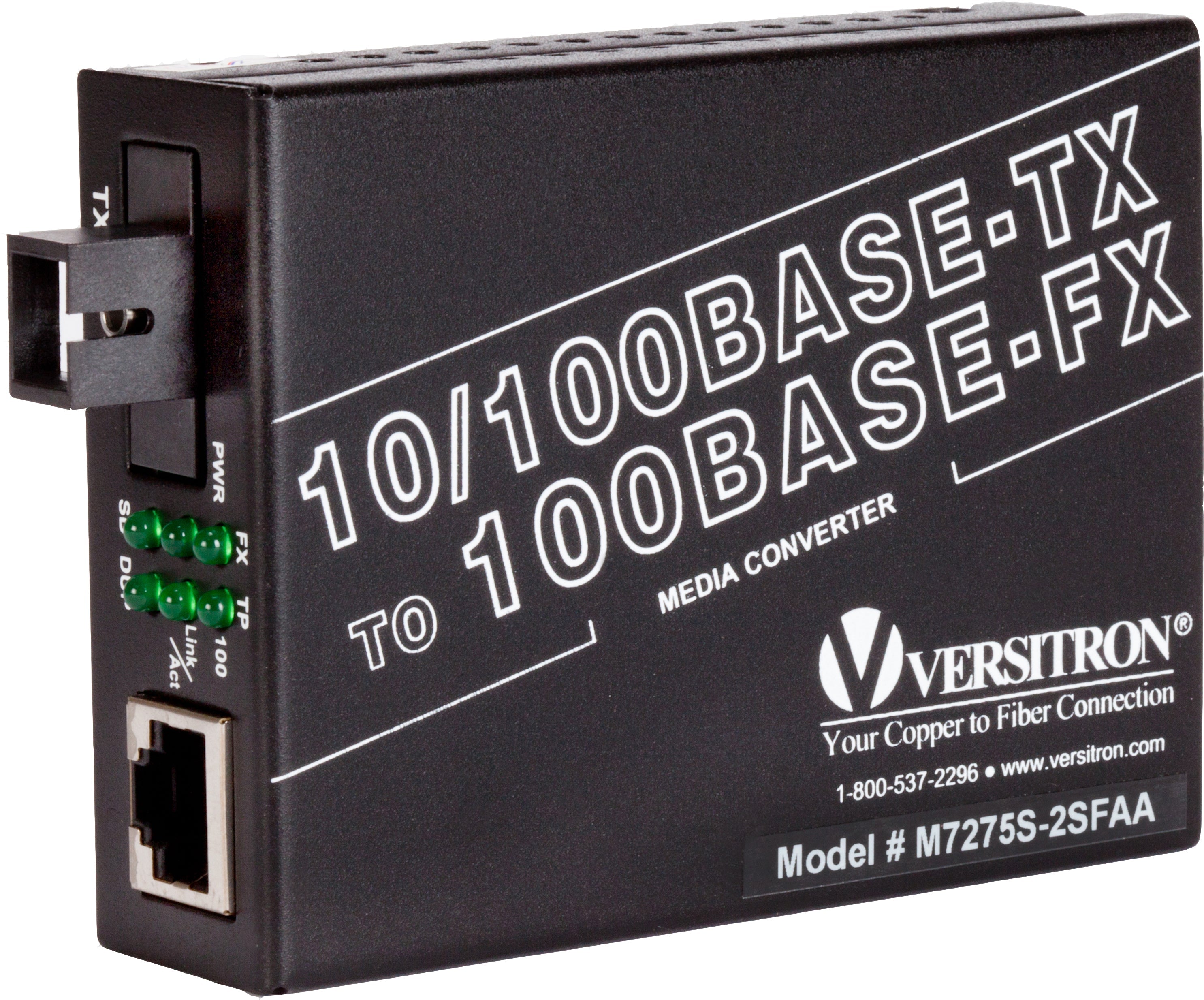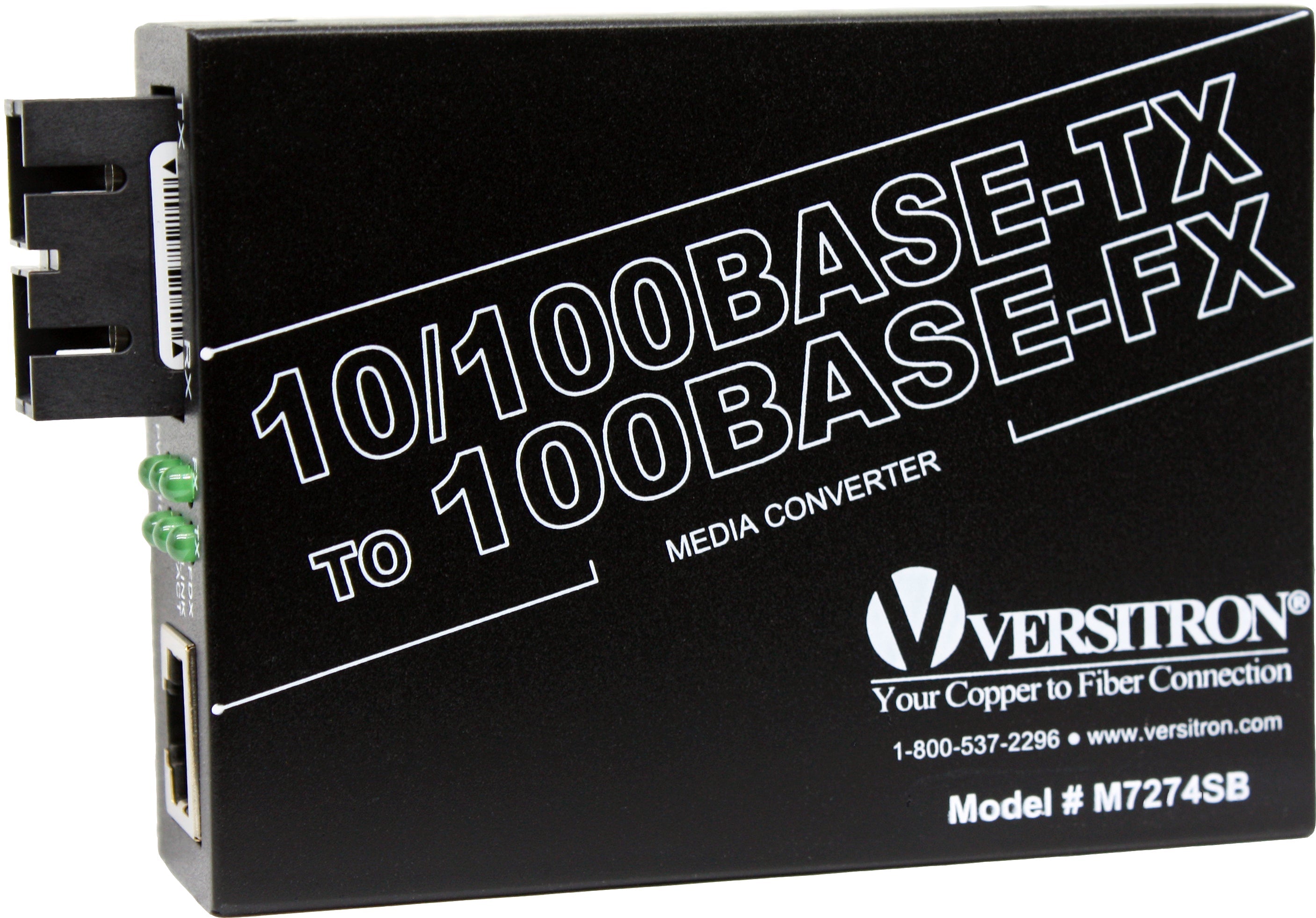Imagine a city where traffic flows smoothly, public transportation is efficient, and pollution is minimized. This is not just a utopian dream but an achievable reality with the integration of an Intelligent Transport System (ITS) in smart city planning. The role of ITS in shaping sustainable smart city strategies is revolutionizing urban mobility by employing cutting-edge technologies to enhance transportation networks and create livable cities. In this article, we will explore the vital role played by ITS in smart city planning and its positive impact on our daily lives.

What is an Intelligent Transport System (ITS)?
An Intelligent Transport System (ITS) lies at the heart of optimizing transportation efficiency, safety, and sustainability in Smart City Planning. It comprises a network of technologies, sensors, and communication systems working in harmony. The Intelligent Transport System in Smart City Planning encompasses diverse applications like real-time traffic management, smart parking solutions, connected vehicles, and public transportation systems. Through seamless integration, this system empowers cities to make well-informed decisions, streamline transportation operations, and improve the overall quality of urban life. By leveraging the power of ITS, cities can achieve smoother traffic flow, reduce congestion, enhance safety, and create more sustainable and livable environments.
Benefits of Integrating Intelligent Transport Systems (ITS):
- Efficient Traffic Flow: ITS optimizes traffic flow by analyzing real-time data, reducing congestion, and minimizing delays, leading to smoother and more efficient transportation.
- Enhanced Safety: ITS applications, such as intelligent traffic management systems and vehicle-to-infrastructure communication, improve safety by detecting and mitigating potential risks and hazards on the road.
- Reduced Emissions: By optimizing traffic flow and reducing congestion, ITS helps decrease vehicle idling time and unnecessary fuel consumption, resulting in lower emissions and improved air quality.
- Improved Public Transportation:ITS enables better management and coordination of public transportation systems, leading to more reliable schedules, reduced waiting times, and enhanced overall service quality.
- Intelligent Parking Solutions:ITS offers smart parking systems that guide drivers to available parking spaces, reducing the time spent searching for parking and minimizing traffic congestion in urban areas.
- Active Mode Encouragement:ITS promotes active modes of transportation, such as walking and cycling, by providing dedicated lanes, real-time information, and infrastructure improvements, contributing to healthier and more sustainable mobility options.
- Data-Driven Decision Making:ITS collects and analyzes vast amounts of data, providing valuable insights for urban planners and policymakers to make informed decisions regarding infrastructure development, transportation policies, and resource allocation.
- Improved Accessibility:By integrating ITS, cities can enhance accessibility for all individuals, including those with disabilities, by providing real-time travel information, accessible transportation options, and inclusive design practices.
- Better User Experience:ITS applications, such as traveler information systems and mobile applications, provide real-time updates on transit options, traffic conditions, and alternative routes, enhancing the overall user experience and making commuting more convenient.
- Economic Benefits:A well-implemented ITS can attract businesses, improve productivity, and stimulate economic growth by reducing transportation costs, increasing efficiency, and attracting investment in sustainable mobility solutions.
Enhancing Transportation Efficiency with ITS
Enhancing transportation efficiency with Intelligent Transport Systems (ITS) involves leveraging advanced technologies and data-driven solutions to optimize various aspects of transportation networks. Here's how ITS contributes to enhancing transportation efficiency:
- Traffic Management Systems: ITS utilizes network products such as traffic surveillance cameras, fiber optic networks, and network switches to enable real-time monitoring of traffic conditions. These systems capture live traffic data, which is then processed and analyzed for effective traffic management strategies.
- Intelligent Traffic Signal Control: Intelligent traffic signal controllers, communication devices, and routers enable the coordination and synchronization of traffic signals. These products facilitate real-time data exchange and communication between intersections, allowing for adaptive signal control that optimizes traffic flow and minimizes congestion.
- Traveler Information Systems: Data servers, mobile applications, and dynamic message signs form the backbone of traveler information systems. These systems provide real-time updates on traffic conditions, road closures, and alternative routes, allowing travelers to make informed decisions and choose the most efficient routes.
- Public Transportation Management: ITS integrates network products like automatic vehicle location (AVL) systems, communication networks, and dispatch software to optimize public transportation management. These products enable real-time tracking of vehicles, efficient communication between drivers and control centers, and accurate scheduling for improved service reliability and efficiency.
- Intelligent Parking Solutions: Parking sensors, wireless communication devices, and data analytics platforms are employed in intelligent parking systems. These systems provide real-time information on parking availability, guiding drivers to vacant spaces and reducing congestion caused by inefficient parking.
- Incident Detection and Management: Surveillance cameras, data networks, and video analytics systems are utilized for incident detection and management. These products enable real-time monitoring of road conditions, prompt detection of incidents, and efficient communication between incident response teams for quick and effective incident management.
- Data Analytics and Predictive Modeling: Data servers, cloud computing infrastructure, and data analytics platforms, play a crucial role in processing and analyzing transportation data. These products enable transportation agencies to derive insights from large volumes of data, make data-driven decisions, and employ predictive modeling techniques to optimize transportation operations.
Promoting Sustainable Transportation Solutions
Promoting sustainable transportation solutions involves implementing strategies and initiatives that prioritize environmentally friendly modes of transportation, reduce emissions, and minimize the ecological impact of transportation systems. Here are key aspects of promoting sustainable transportation solutions:
- Active Modes of Transportation: Encouraging walking, cycling, and other forms of active transportation not only promotes physical health but also reduces carbon emissions and traffic congestion. Developing dedicated infrastructure, such as bike lanes and pedestrian-friendly pathways, helps create safer and more attractive options for active transportation.
- Public Transit Expansion: Investing in the expansion and improvement of public transportation networks encourages more people to choose public transit over private vehicles. This reduces the number of cars on the road, lowers emissions, and improves overall transportation efficiency.
- Electrification of Transportation: Promoting the use of electric vehicles (EVs) and supporting the development of charging infrastructure helps reduce dependence on fossil fuels and decreases greenhouse gas emissions. Incentives for EV adoption, including subsidies and preferential parking, can accelerate the transition to sustainable transportation.
- Carpooling and Ridesharing: Encouraging carpooling and ridesharing programs helps reduce the number of vehicles on the road, particularly during peak hours. This not only reduces congestion but also lowers emissions and promotes more efficient use of existing transportation infrastructure.
- Integration of Mobility Services: Integrating various mobility services, such as ride-hailing, bike-sharing, and scooter-sharing, into a single platform promotes seamless and sustainable transportation options. This allows users to choose the most suitable and eco-friendly mode of transportation for their specific needs.
- Land Use Planning: Adopting smart land use planning practices that promote mixed-use developments, compact cities, and pedestrian-friendly neighborhoods reduces the need for long commutes and encourages walking or cycling for shorter trips.
- Incentivizing Sustainable Transportation: Offering incentives, such as discounted public transit passes, subsidies for electric vehicles, and tax benefits for sustainable commuting, can motivate individuals to choose sustainable transportation options.
- Data-Driven Decision Making: Utilizing data analytics and modeling techniques to understand travel patterns, traffic flow, and transportation demand helps optimize transportation systems and design more sustainable solutions.
How to Reduce Environmental Impact through ITS
Reducing environmental impact through Intelligent Transport Systems (ITS) involves leveraging technologies such as fiber optics in the context of the Internet of Things (IoT) to create more sustainable transportation networks. Here's how these technologies contribute to environmental sustainability:
- Fiber Optics in IoT: The utilization of fiber optics in IoT applications within ITS enables high-speed and reliable data transmission. Fiber optic networks provide the capacity to handle large volumes of data generated by IoT devices, facilitating efficient communication and data exchange for various ITS components.
- CCTV with Fiber Media Converters: Integrating CCTV cameras with fiber media converters enhances surveillance capabilities in ITS. Fiber media converters facilitate the seamless integration of fiber optic networks with CCTV systems, ensuring reliable and high-quality video transmission. This enables effective monitoring of traffic conditions, incident detection, and improved security.
- Environmental Monitoring: ITS can leverage IoT devices to monitor environmental parameters such as air quality, noise levels, and weather conditions. Real-time data collection and analysis enable authorities to identify areas of concern and implement measures to reduce environmental impacts associated with transportation.
- Optimized Traffic Management: Including sensors embedded in roadways and vehicles, to collect real-time data on traffic flow, congestion, and emissions. This information allows for dynamic traffic management strategies, optimizing signal timings and routes to reduce traffic congestion and minimize fuel consumption, thereby reducing environmental pollution.
- Eco-Driving Support: IoT-enabled ITS can provide feedback and recommendations to drivers on their driving behavior, promoting eco-friendly practices such as smoother acceleration, reduced idling, and more efficient route selection. This helps minimize fuel consumption and emissions, contributing to a greener transportation system.
- Energy Efficiency: IoT devices in ITS can be employed to optimize energy usage in transportation infrastructure. For instance, smart lighting systems and intelligent charging stations can be implemented, which adjust energy consumption based on demand, leading to energy savings and reduced environmental impact.
Challenges in Implementing ITS in Smart City Strategies
- Interoperability: One of the challenges facing Intelligent Transport Systems (ITS) is the need for interoperability between various systems and technologies. Integrating different components and ensuring seamless communication and data exchange can be complex and requires standardized protocols and interfaces.
- Data Privacy and Security: With the increasing amount of data generated and shared within ITS, ensuring data privacy and security is crucial. Safeguarding sensitive information, protecting against cyber threats, and implementing robust security measures are ongoing challenges that require continuous attention.
- Funding and Infrastructure: Implementing ITS requires significant investments in infrastructure development, technology deployment, and maintenance. Securing funding and addressing the infrastructure requirements can be challenging, particularly for cities with limited resources.
- Stakeholder Collaboration: ITS involves multiple stakeholders, including transportation authorities, technology providers, and the public. Ensuring effective collaboration and coordination among these stakeholders can be challenging due to differing priorities, regulations, and interests.
- Technological Advancements: ITS is an evolving field with ongoing advancements in technologies such as artificial intelligence, big data analytics, and connectivity. Keeping up with the rapid pace of technological advancements and adapting systems accordingly poses a challenge for cities and transportation agencies.
- User Adoption and Education: Encouraging user adoption of ITS applications, such as mobile apps, traveler information systems, and smart parking solutions, requires user education and awareness. Overcoming resistance to change and ensuring user-friendly interfaces and seamless experiences are ongoing challenges.
Future Outlook of ITS in Smart City:
Despite the challenges, the future of ITS looks promising. Here are some key areas of future development and opportunities:
- Connected and Autonomous Vehicles (CAVs): The integration of CAVs with ITS holds great potential for enhancing transportation efficiency, reducing accidents, and improving traffic flow. Continued advancements in CAV technology and infrastructure will shape the future of ITS.
- Big Data and Analytics: As data collection and analysis capabilities improve, the use of big data and advanced analytics will provide valuable insights for transportation planning, traffic management, and predictive modeling to optimize transportation systems.
- Sustainability and Environmental Impact: The future of ITS will focus on further reducing the environmental impact of transportation through initiatives like electric and alternative-fuel vehicles, renewable energy integration, and eco-friendly mobility solutions.
- Mobility as a Service (MaaS): The concept of MaaS, where multiple modes of transportation are seamlessly integrated into a single platform, will continue to evolve. MaaS holds the potential to revolutionize transportation by providing personalized, efficient, and sustainable mobility options.
- Smart Infrastructure: Future ITS developments will include the integration of smart infrastructure, such as smart traffic lights, connected roadways, and sensor-based systems. These technologies will enable real-time monitoring, adaptive systems, and improved efficiency.
- Public-Private Partnerships: Collaboration between public and private entities will play a crucial role in driving ITS advancements. Public-private partnerships can help secure funding, accelerate technology deployment, and foster innovation in transportation systems.
Conclusion
Intelligent Transport Systems (ITS) play a crucial role in shaping sustainable smart city strategies by revolutionizing transportation efficiency, safety, and connectivity. Through real-time data analysis, optimized traffic management, and enhanced public transportation, ITS enables cities to achieve reduced congestion, improved air quality, and efficient mobility solutions. By integrating advanced technologies and data-driven decision-making, ITS facilitates seamless travel experiences, encourages sustainable modes of transportation, and promotes smarter resource allocation. As cities strive to build more sustainable and livable environments, ITS stands as a key enabler, shaping the future of urban transportation and paving the way for sustainable smart city strategies.












